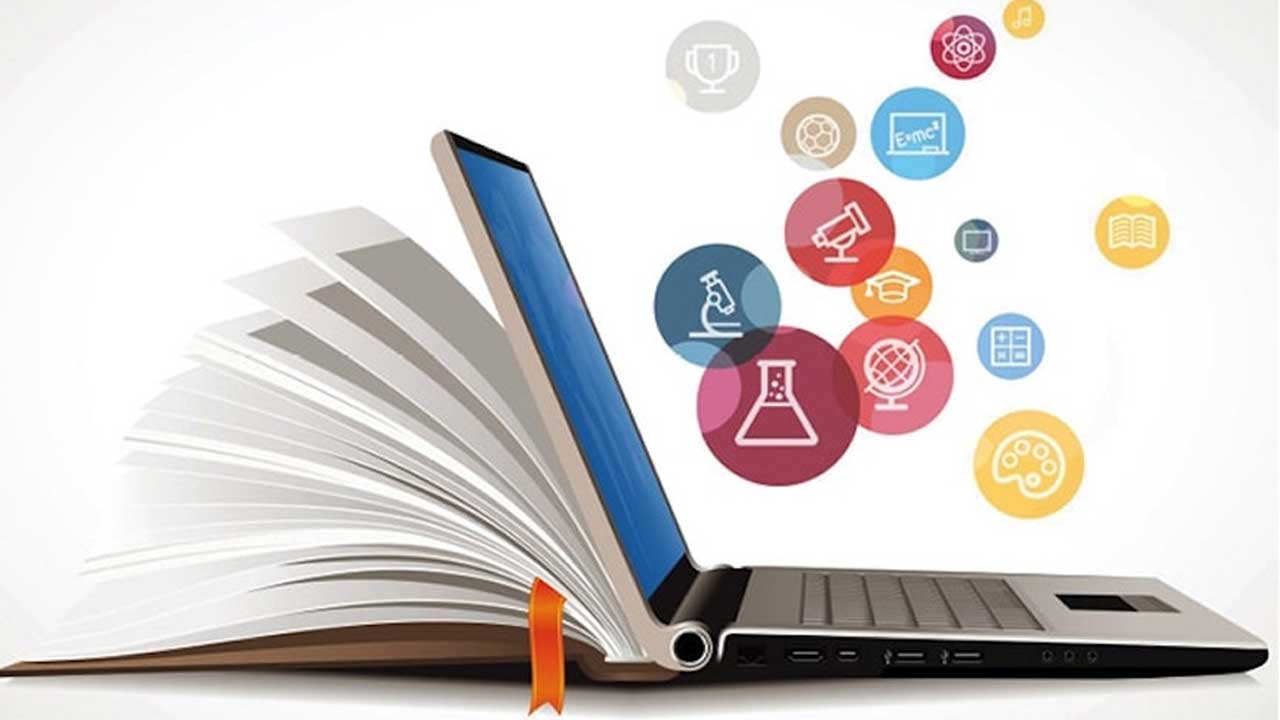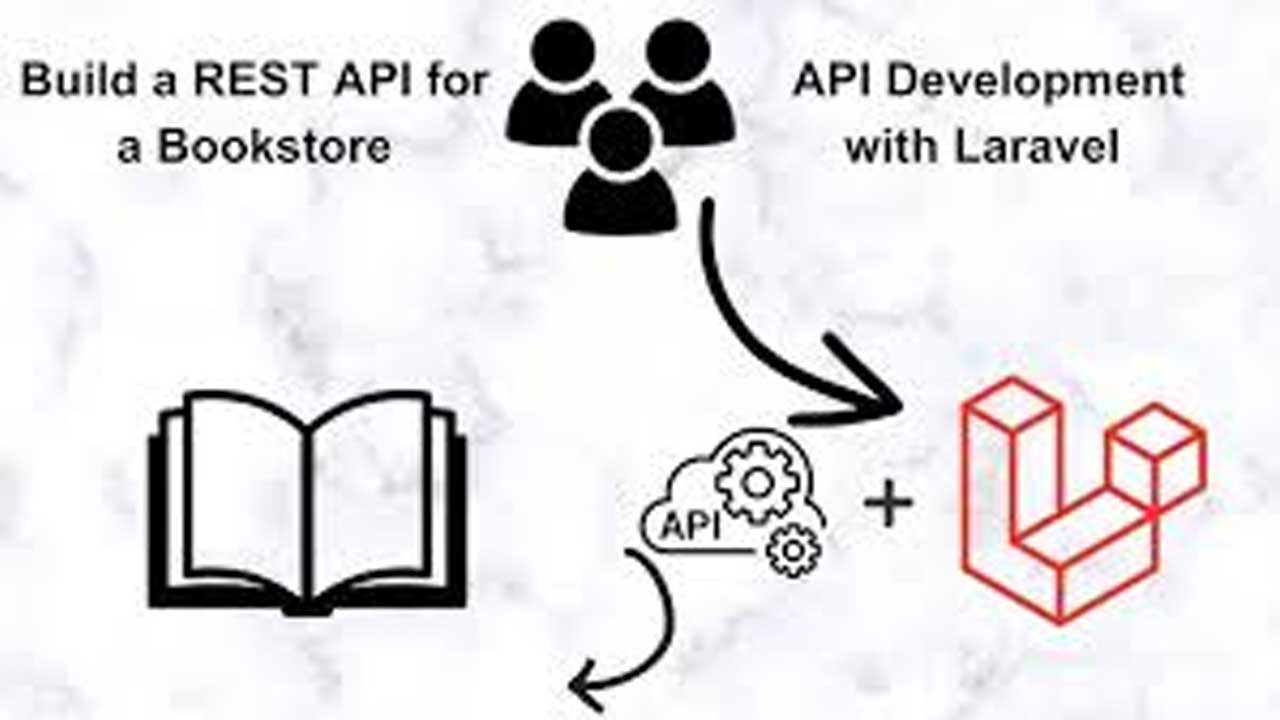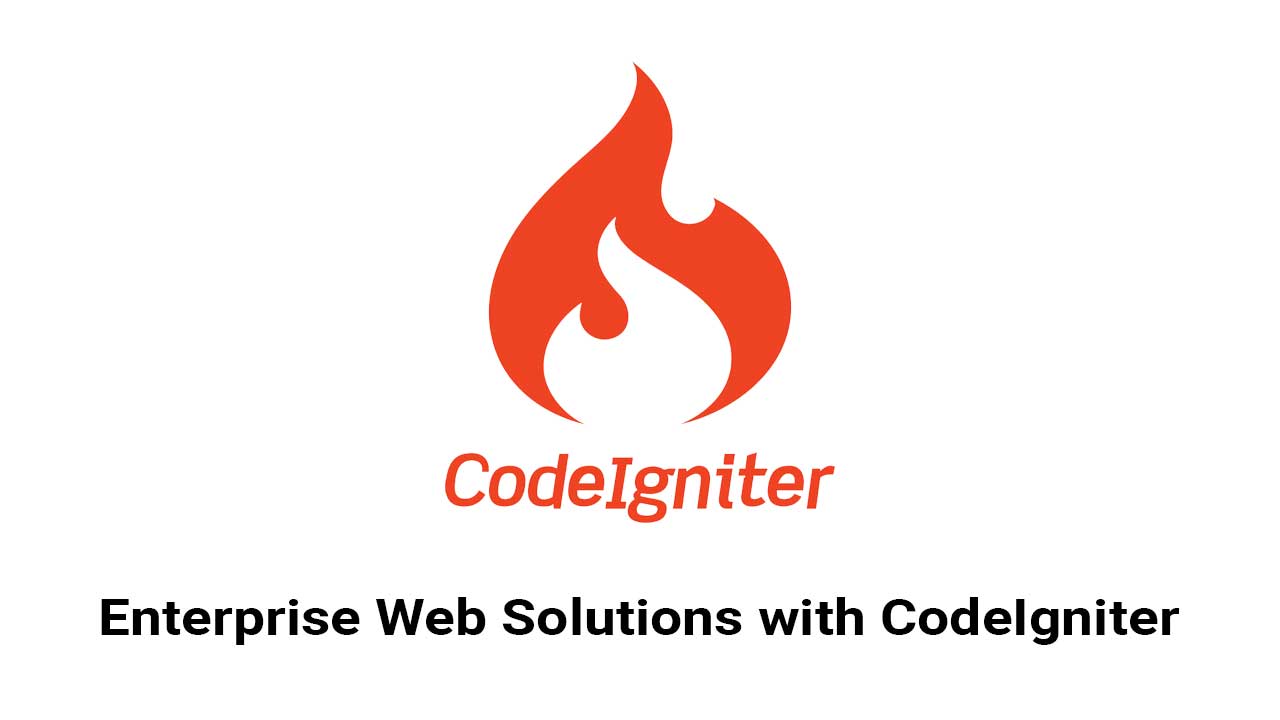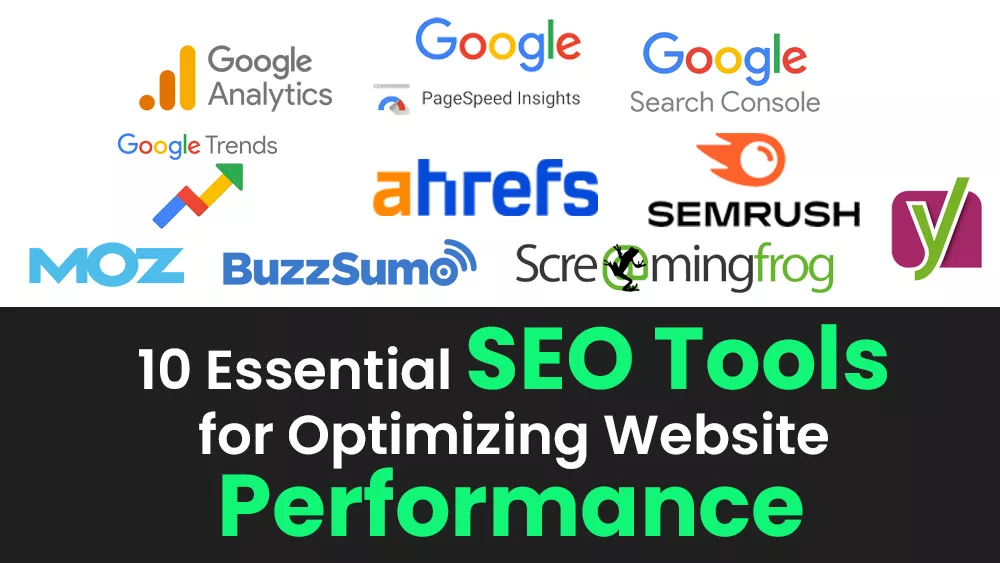The Technological Tools Available Today for Creating
In today’s rapidly advancing digital landscape, creators have access to an unprecedented array of technological tools that can streamline workflows, enhance creativity, and bring ideas to life with greater efficiency and precision. Whether you’re a designer, developer, writer, or any other type of creator, understanding the available tools can significantly boost your productivity and the quality of your work. This blog explores some of the most impactful tools available today.
1. Design and Visualization Tools
Graphic Design Software
Graphic design software like Adobe Photoshop, Illustrator, and CorelDRAW remain essential for creating detailed and professional visuals. These tools offer powerful features for manipulating images, creating vector graphics, and designing layouts.
3D Modeling Tools
3D modeling tools such as Blender, Autodesk Maya, and SketchUp enable creators to build intricate 3D models for use in animation, gaming, and product design. These tools provide comprehensive modeling, texturing, and rendering capabilities.
UI/UX Design Tools
Tools like Sketch, Figma, and Adobe XD are indispensable for UI/UX designers, providing robust platforms for creating and prototyping user interfaces. These tools facilitate collaboration and user testing, ensuring a smooth design process from concept to implementation.
2. Development and Programming Tools
Integrated Development Environments (IDEs)
IDEs such as Visual Studio Code, IntelliJ IDEA, and Eclipse are crucial for developers. These environments support multiple programming languages, offer debugging tools, and provide integrations with version control systems.
Version Control Systems
Version control systems like Git, along with platforms such as GitHub and GitLab, are essential for managing code changes, collaborating with other developers, and maintaining project history.
Backend Development Frameworks
Frameworks like Node.js, Django, and Ruby on Rails streamline backend development, providing reusable components and libraries to speed up the creation of robust server-side applications.
3. Content Creation Tools
Writing and Editing Software
Word processors like Microsoft Word, Google Docs, and Scrivener cater to writers by offering advanced editing tools, real-time collaboration features, and extensive formatting options.
Content Management Systems (CMS)
CMS platforms like WordPress, Joomla, and Drupal empower creators to build and manage websites with ease, providing customizable themes and plugins to extend functionality.
Video Editing Software
Video editing tools such as Adobe Premiere Pro, Final Cut Pro, and DaVinci Resolve offer comprehensive editing features, including multi-track editing, color correction, and special effects.
4. Collaboration and Productivity Tools
Project Management Software
Tools like Trello, Asana, and Jira help teams manage projects, track progress, and collaborate efficiently. These platforms offer task assignment, deadlines, and communication features.
Communication Tools
Platforms such as Slack, Microsoft Teams, and Zoom facilitate real-time communication and collaboration, essential for remote teams and virtual meetings.
Cloud Storage Solutions
Cloud storage services like Google Drive, Dropbox, and OneDrive provide secure and accessible storage solutions for sharing and collaborating on files.
5. Emerging Technologies
Artificial Intelligence (AI) Tools
AI tools like TensorFlow, PyTorch, and OpenAI’s GPT models enable creators to leverage machine learning for tasks such as natural language processing, image recognition, and predictive analytics.
Tools for Augmented Reality (AR) and Virtual Reality (VR)
Tools like Unity, Unreal Engine, and ARKit allow creators to develop immersive AR and VR experiences, transforming how users interact with digital content.
Blockchain Technology
Blockchain platforms like Ethereum and Hyperledger are revolutionizing areas such as digital identity, supply chain management, and decentralized applications.
Conclusion
The technological tools available today offer immense possibilities for creators across various fields. By leveraging these tools, creators can enhance their productivity, improve the quality of their work, and bring innovative ideas to life. Staying updated with the latest tools and trends is crucial for maintaining a competitive edge and continuing to push the boundaries of what’s possible.
FAQs
1. What are the most effective tools for graphic design?
Popular graphic design tools include Adobe Photoshop, Illustrator, and CorelDRAW, known for their powerful features and professional output.
2. Which IDE should I use for software development?
The choice of IDE depends on the programming language and project requirements. Visual Studio Code, IntelliJ IDEA, and Eclipse are widely used and support multiple languages.
3. What CMS platforms are recommended for website creation?
WordPress, Joomla, and Drupal are popular CMS platforms offering extensive customization options and ease of use.
4. How can AI tools benefit creators?
AI tools can automate repetitive tasks, provide insights through data analysis, enhance content generation, and improve user experiences through personalized interactions.
5. What are the key features of project management software?
Project management software typically includes task assignment, progress tracking, deadline management, and communication features to facilitate team collaboration and project completion.
